What to eat and where
Trattoria La Castellana, a rustic restaurant nestled in the Chianti region, atop Montefioralle’s hill near the medieval town, offers an authentic taste of Chianti cuisine in a warm family setting. Emphasizing fresh, seasonal, and high-quality ingredients, the menu features traditional recipes with a contemporary twist. Specialties include dishes with fresh truffle, appetizers showcasing local meat cuts (such as Tuscan ham, salami, and sausage), an assortment of cheeses, homemade pasta, wild boar, classic Florentine-style steak, and artisanal desserts. The cellar boasts a selection of Chianti wines from top local estates, along with renowned red wines like Brunello and Montepulciano, and a curated collection of fine wines from across Italy.
If you’re seeking an unforgettable culinary experience in Radda in Chianti, Osteria Le Panzanelle is a must-visit. Situated amid the picturesque hills, this charming osteria boasts a menu crafted with seasonal and locally-sourced ingredients. Indulge in exquisite offerings such as the flavorful pici pasta infused with truffle essence, the delightful homemade ravioli, and an array of tantalizing bruschettas. Adding to the allure, the outdoor terrace offers breathtaking vistas of the stunning Chianti countryside, enhancing your dining experience with unparalleled views. Osteria Le Panzanelle promises a delightful blend of delectable cuisine and scenic charm, making it an essential stop for discerning food enthusiasts.
For an authentic taste of Tuscan cuisine within the enchanting medieval village of Volpaia, La Bottega di Volpaia stands as a must-visit trattoria. Set in a rustic ambiance, this eatery offers a delightful array of dishes such as the hearty ribollita, flavorful homemade pasta, and the enticing Volpaia mixed grill. Complementing the cuisine, the trattoria proudly showcases a selection of local wines and village-produced olive oil, enhancing the culinary experience with genuine regional flavors. With its charming setting and delectable Tuscan fare, La Bottega di Volpaia promises a memorable dining experience immersed in the rich heritage of Volpaia’s medieval charm.
Where to Stay
Castello di Spaltenna, is a historic castle-turned-hotel that offers a luxurious and romantic getaway in the heart of Chianti. Experience the charm of a medieval castle with modern amenities. The beautiful gardens, panoramic pool, and exquisite dining make for an unforgettable stay.
Address: Via Spaltenna, 13, 53013 Gaiole in Chianti SI, Italy
Villa Bordoni is an elegant boutique hotel set in a restored 16th-century villa surrounded by vineyards and olive groves. Enjoy the tranquillity and beauty of the countryside. The hotel’s restaurant serves gourmet Tuscan cuisine, and its attentive staff ensures a memorable stay.
Address: Via S. Cresci, 31-32, 50022 Mezzuola, FI, Italy
Fattoria Montecchio offers rustic and comfortable apartments on a working vineyard and olive farm. Immerse yourself in the agrarian life of Chianti, participate in wine and olive oil tastings, and relax in a peaceful, rural setting.
Address: Str. Montecchio, 4, 50028 San Donato FI, Italy
FAQ about Chianti
What makes Chianti wine special?
Chianti wine, originating from Sangiovese grapes native to Tuscany, has evolved through time and regulation. In the 1800s, it was composed mostly of Sangiovese with Canaiolo, Malvasia, Trebbiano, and other grapes. Today, Chianti Classico mandates 80% Sangiovese, allowing for a blend with Merlot, Cabernet Sauvignon, or other rare varietals.
To bear the “gallo nero” (black rooster) label, a genuine Chianti must contain 12% alcohol, aged for 10 months. Stringent regulations differentiate it from Super Tuscan wines, which don’t adhere to these rules. Variants like Chianti Classico Riserva and Chianti Superiore have distinct aging requirements and alcohol content.
When should i visit Chianti?
Each Chianti season possesses its unique allure. During spring, the landscape bursts with a variety of blossoms: wisteria in April, roses in May, adorning the stone walls of farmhouses, alongside scattered lilies and poppies in the fields. Summer unveils vast sunflower fields, resonating with the symphony of crickets and cicadas. Autumn transforms the vineyards, painting them with enchanting hues of orange, red, and yellow, showcasing the splendor of fall. Meanwhile, winter casts an atmospheric spell with morning fog and chimney smoke billowing into the air.
When is the best time to visit Chianti for a wine tour?
Most people advocate for visiting Tuscany during spring or fall, citing them as the ideal times. However, here’s an insider tip: A journey to Tuscany, complete with a Chianti wine tour, remains splendid throughout the year. Every Tuscany season presents unique experiences, from the blossoming allure of spring to the celebratory grape harvest events in autumn.
How many days do i need in Chianti?
For a brief visit, allocating 2-3 days should suffice to explore the key attractions and enjoy wine tastings at renowned wineries. This timeframe allows for visits to notable wineries, local villages, and dining experiences at authentic Italian restaurants.
However, to fully engage in the Chianti region and savor a more unhurried exploration, consider dedicating 5-7 days or even an extended period. This extended duration grants ample opportunity to delve into lesser-explored wineries, participate in cooking classes, embark on scenic hikes, and genuinely embrace the Tuscan way of life.
Are there any Tuscan dishes to try while in Chianti?
When visiting Chianti, it’s a must to savor famous Tuscan delicacies like Bistecca alla Fiorentina (T-bone steak), Pappa al Pomodoro (bread and tomato soup), Ribollita (vegetable and bread soup), flavorful Pecorino cheese, Panzanella (bread salad), and Cantucci (almond biscuits). Don’t miss pairing Cantucci with Vin Santo, a delightful sweet dessert wine, to enhance the culinary experience.


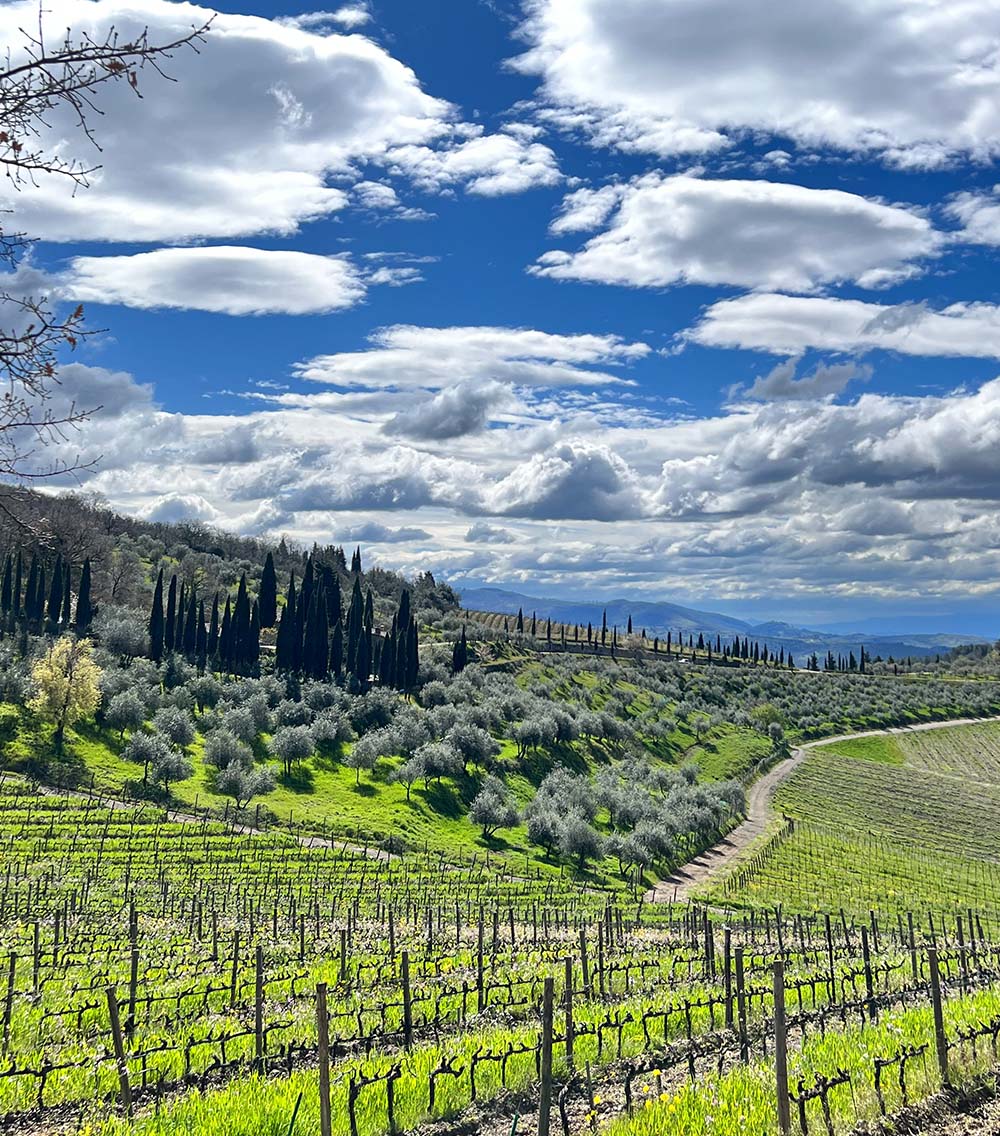



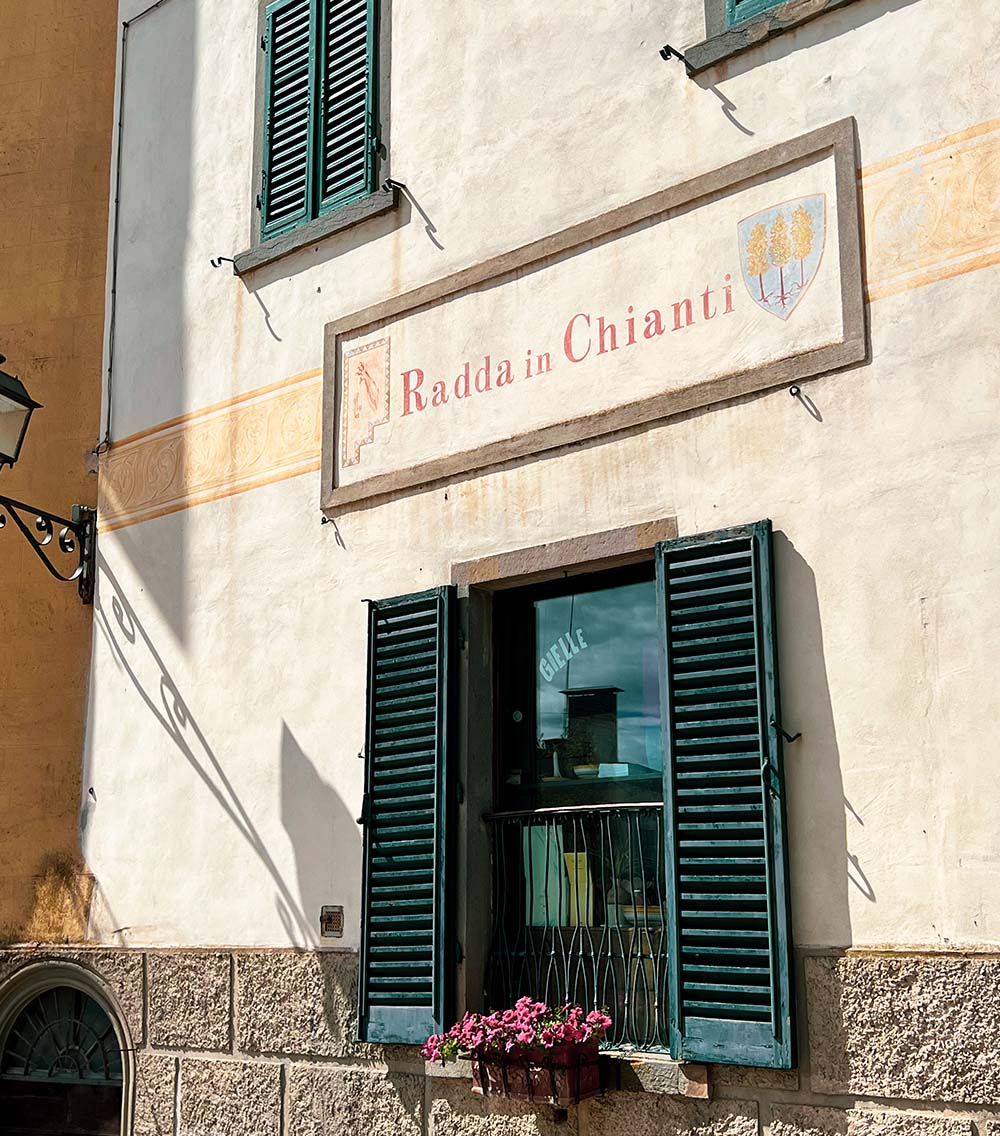

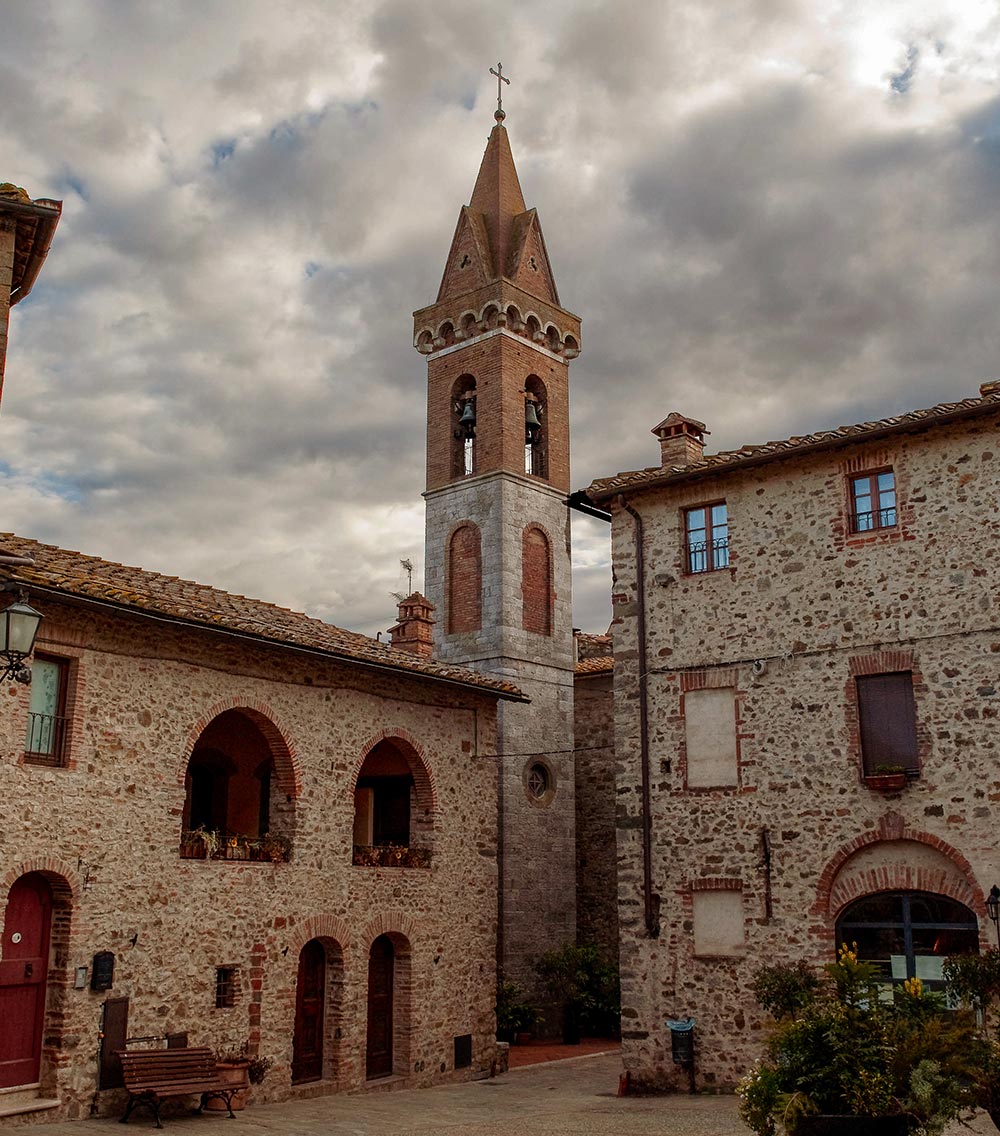
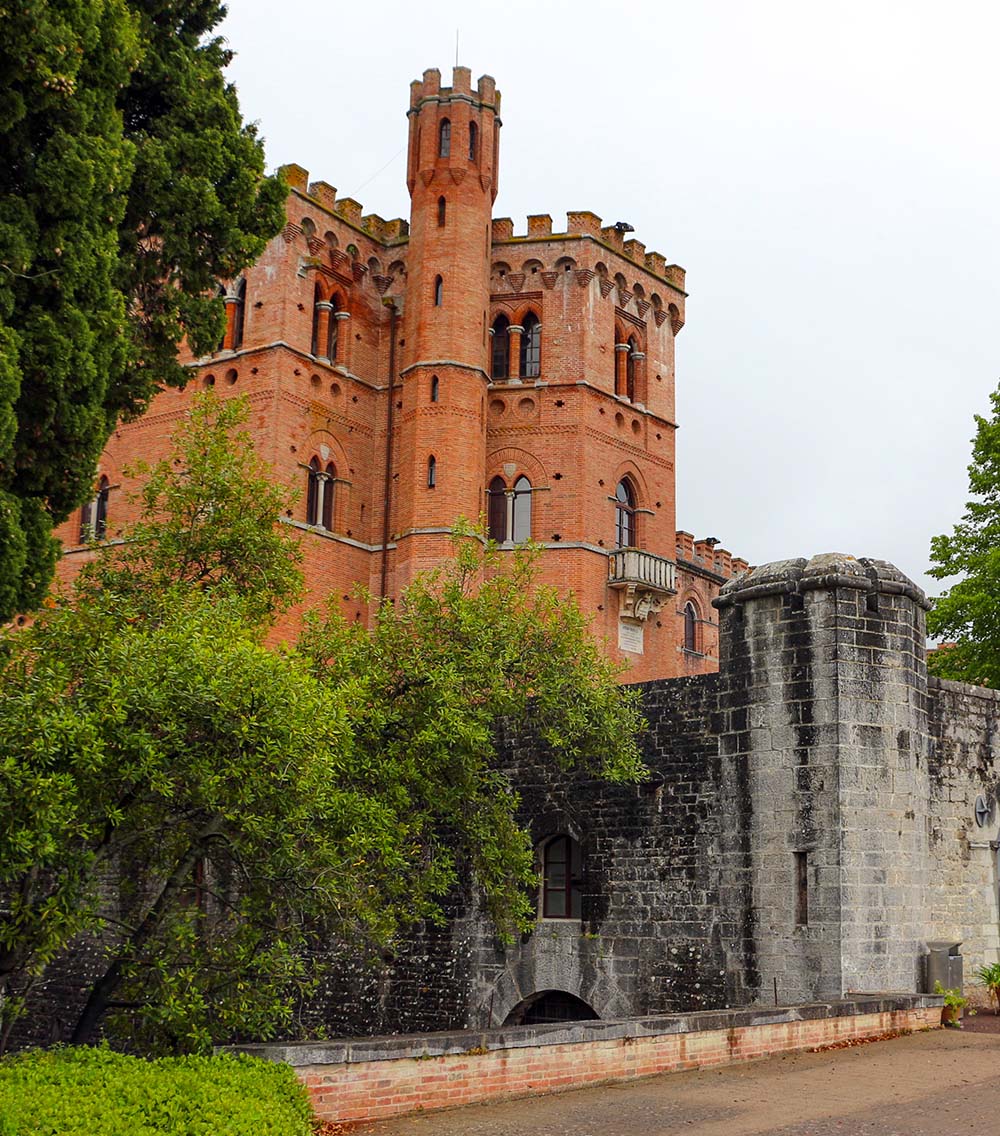

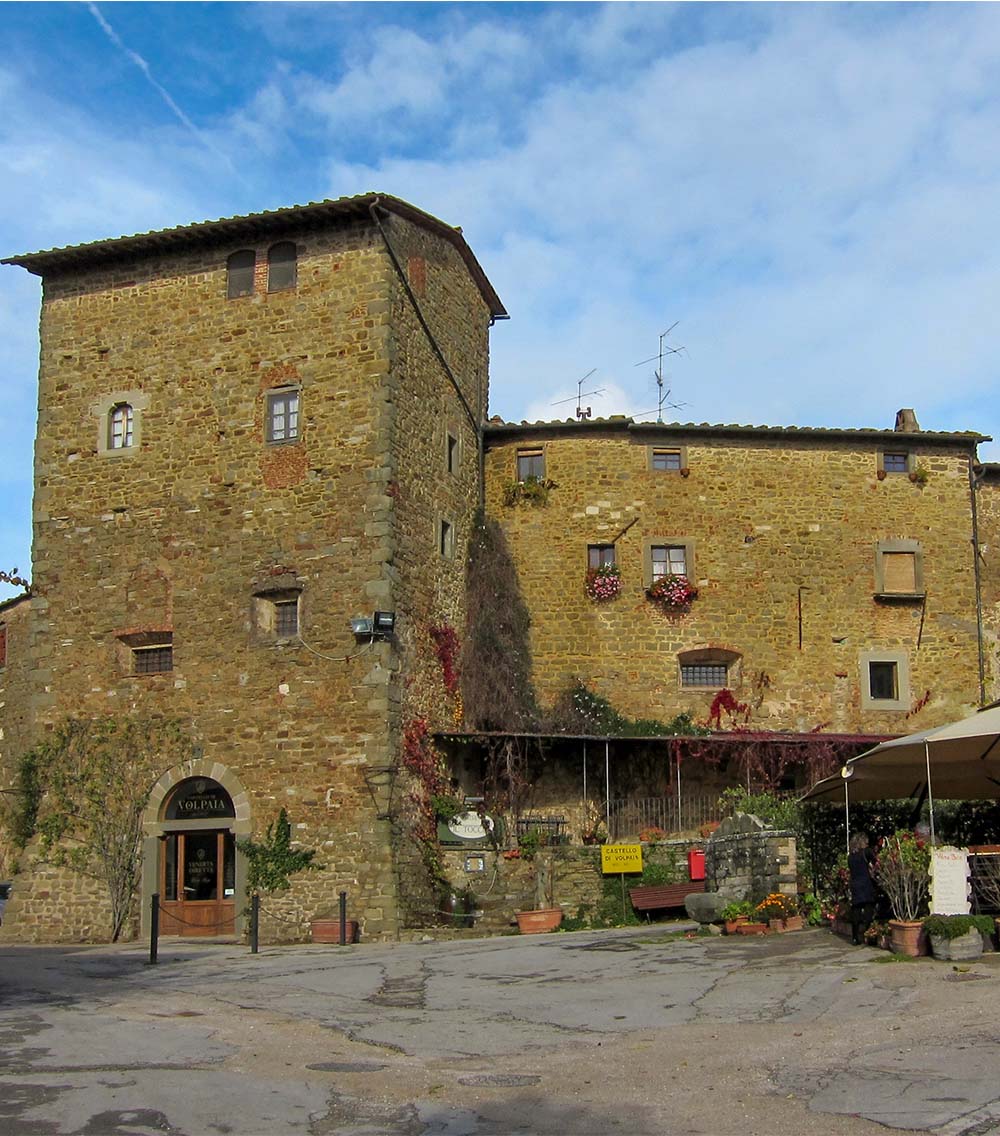
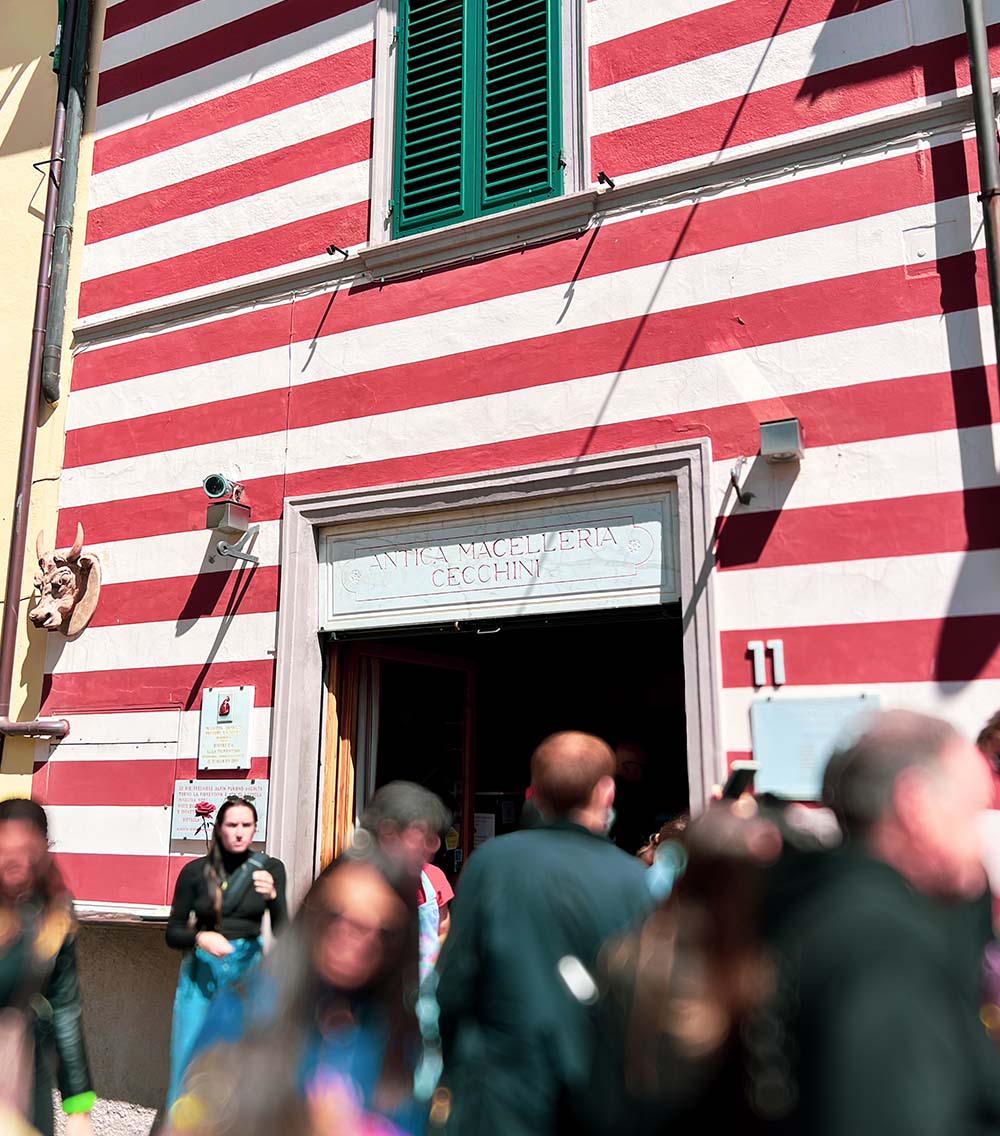

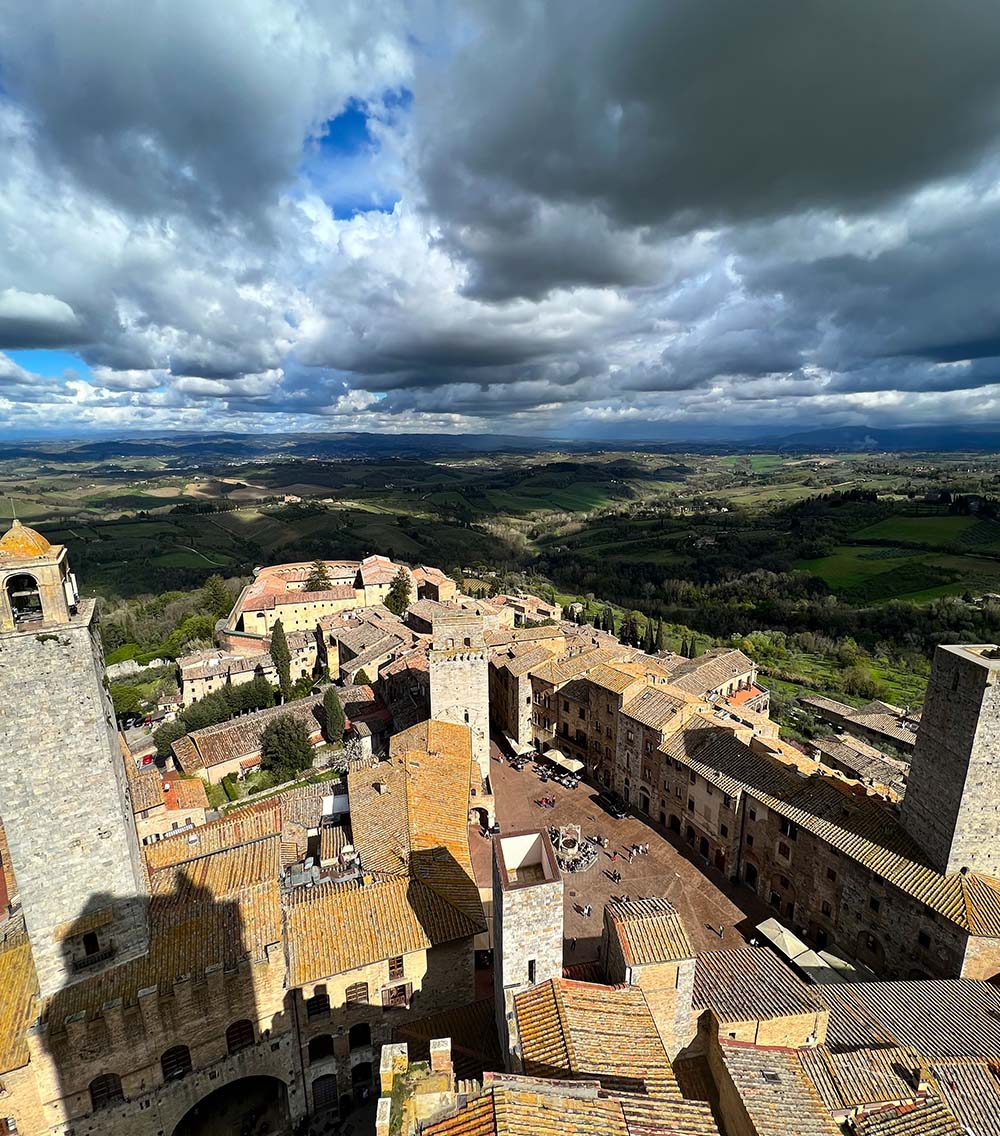
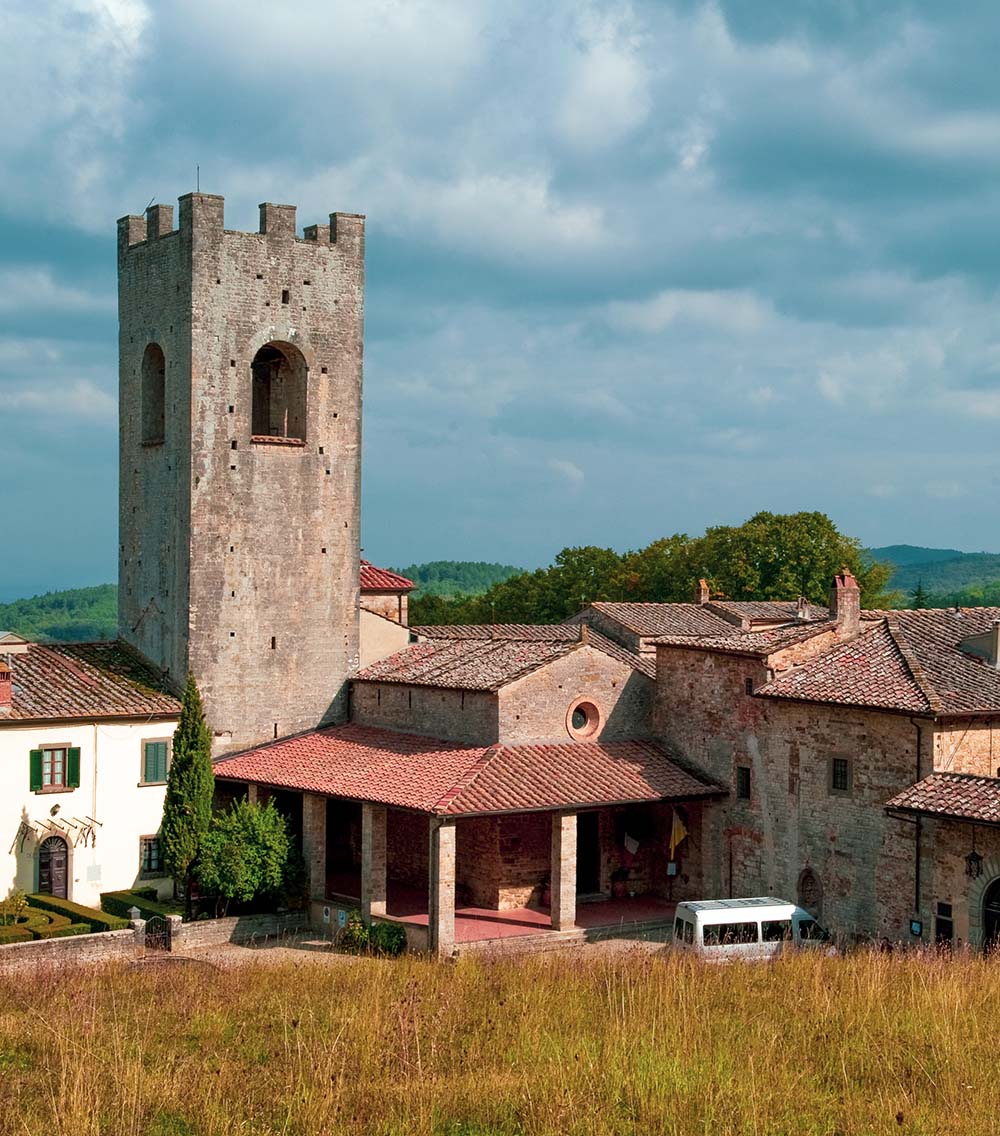

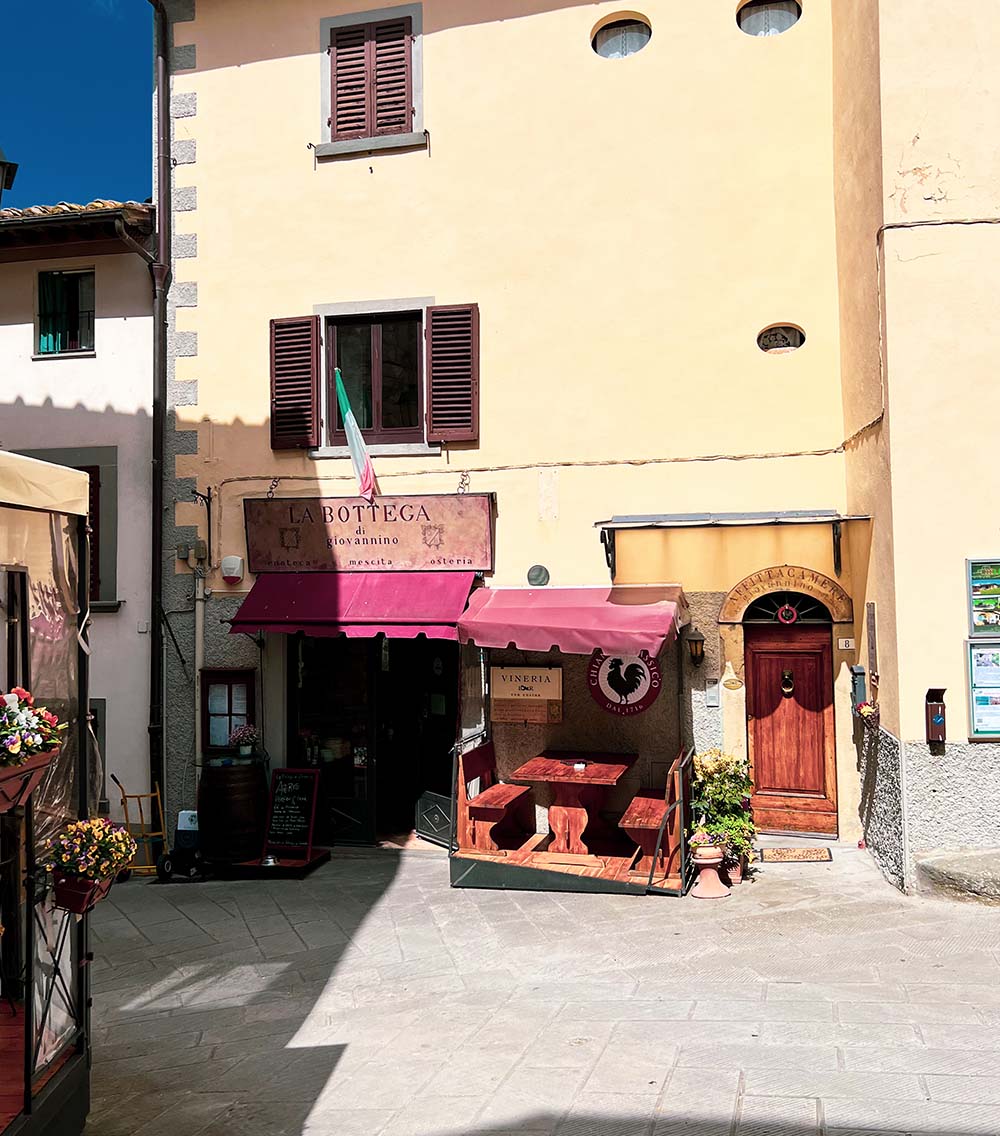



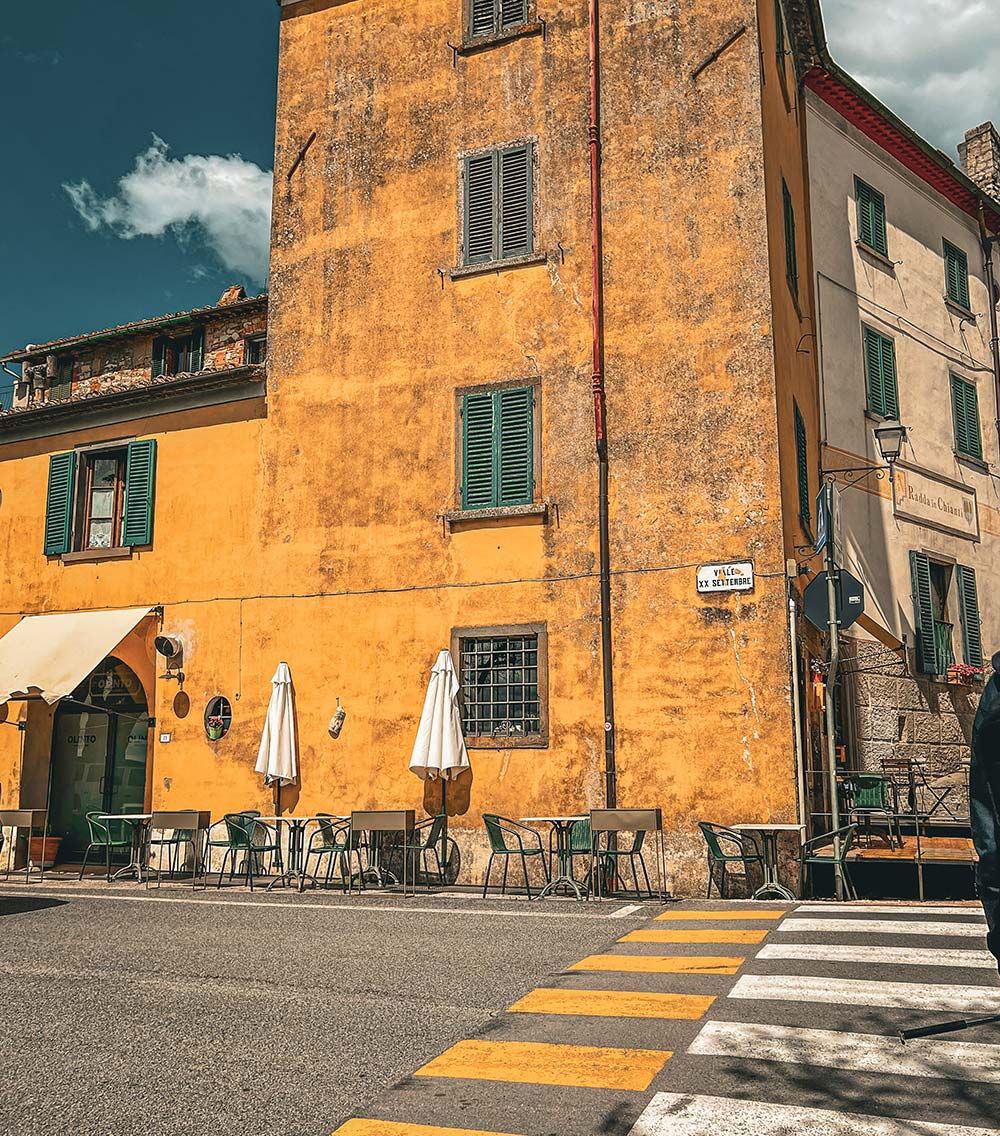
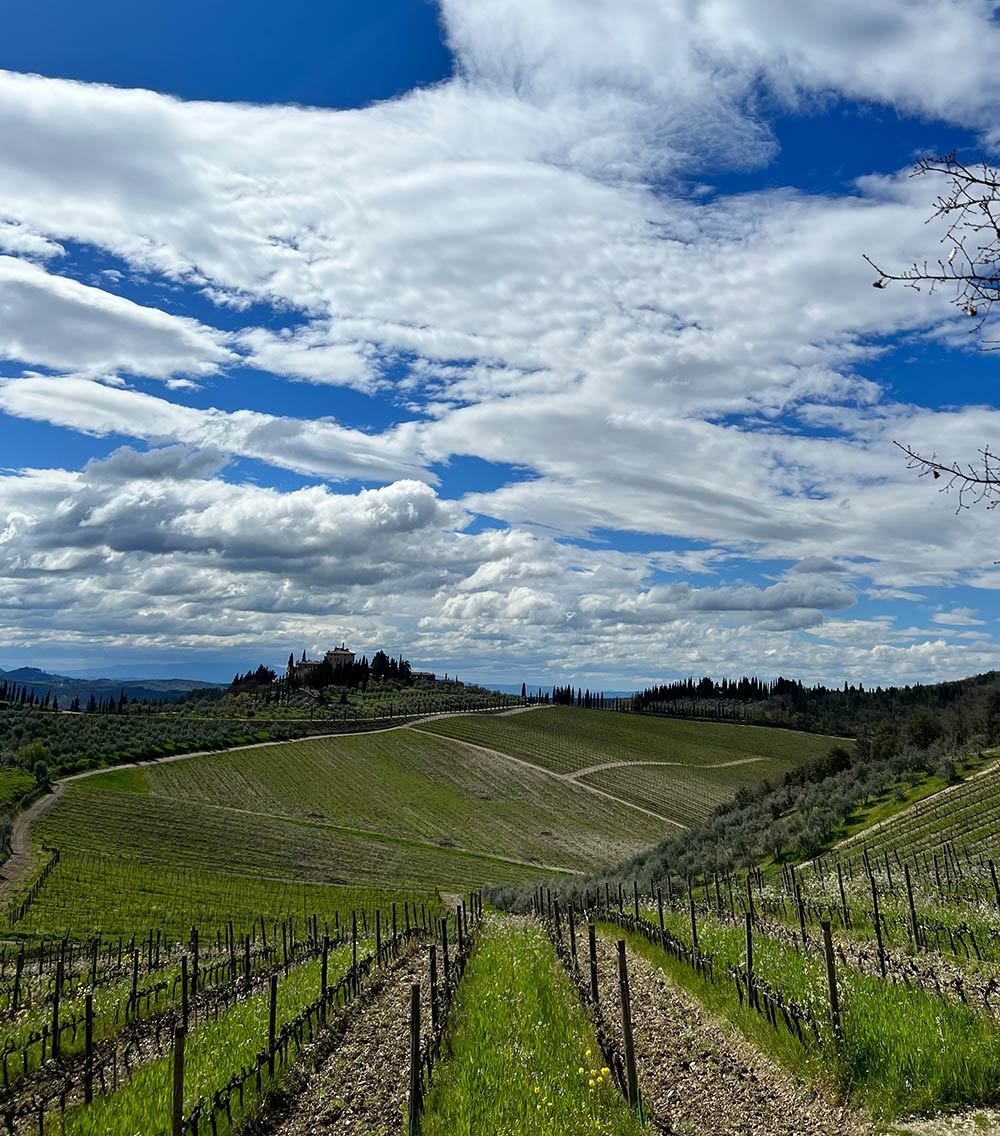
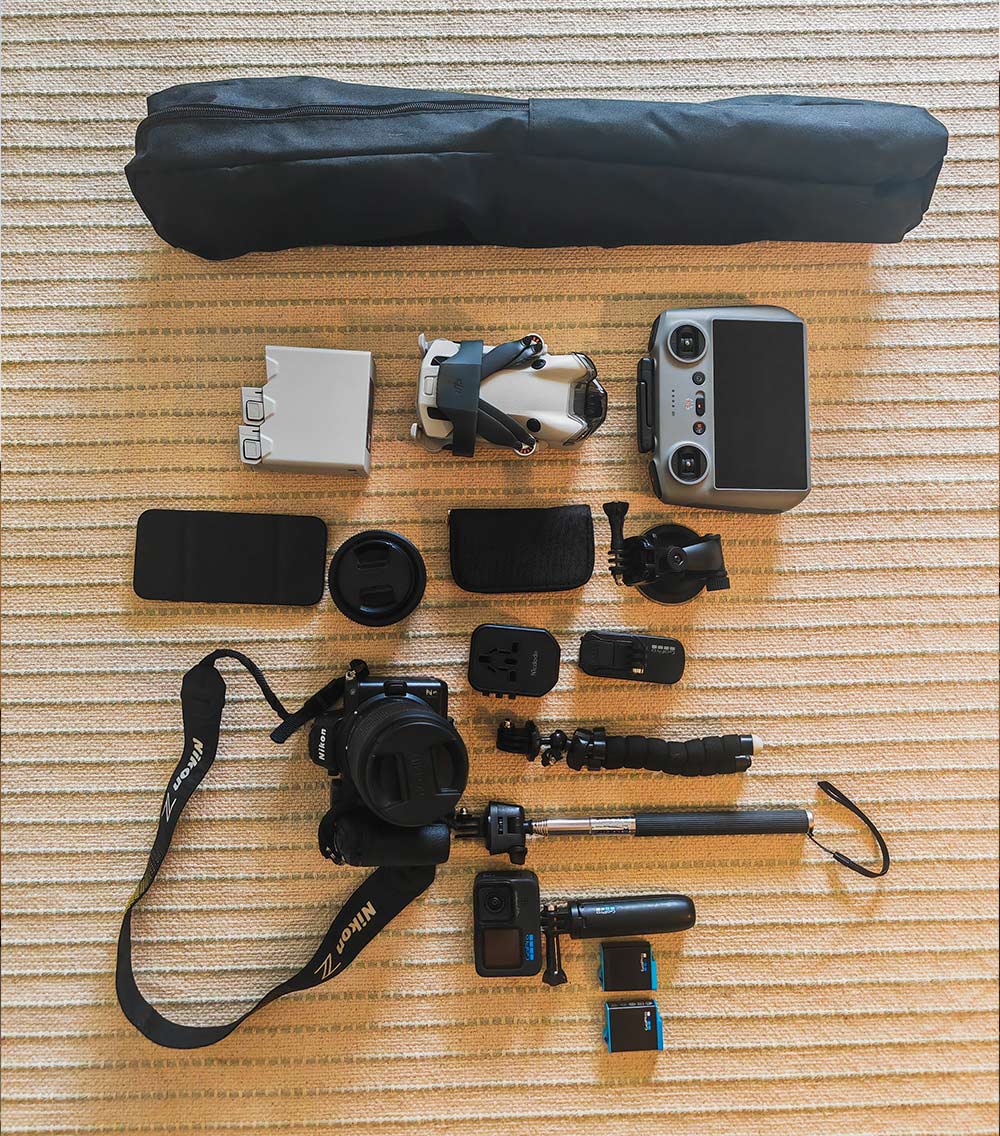
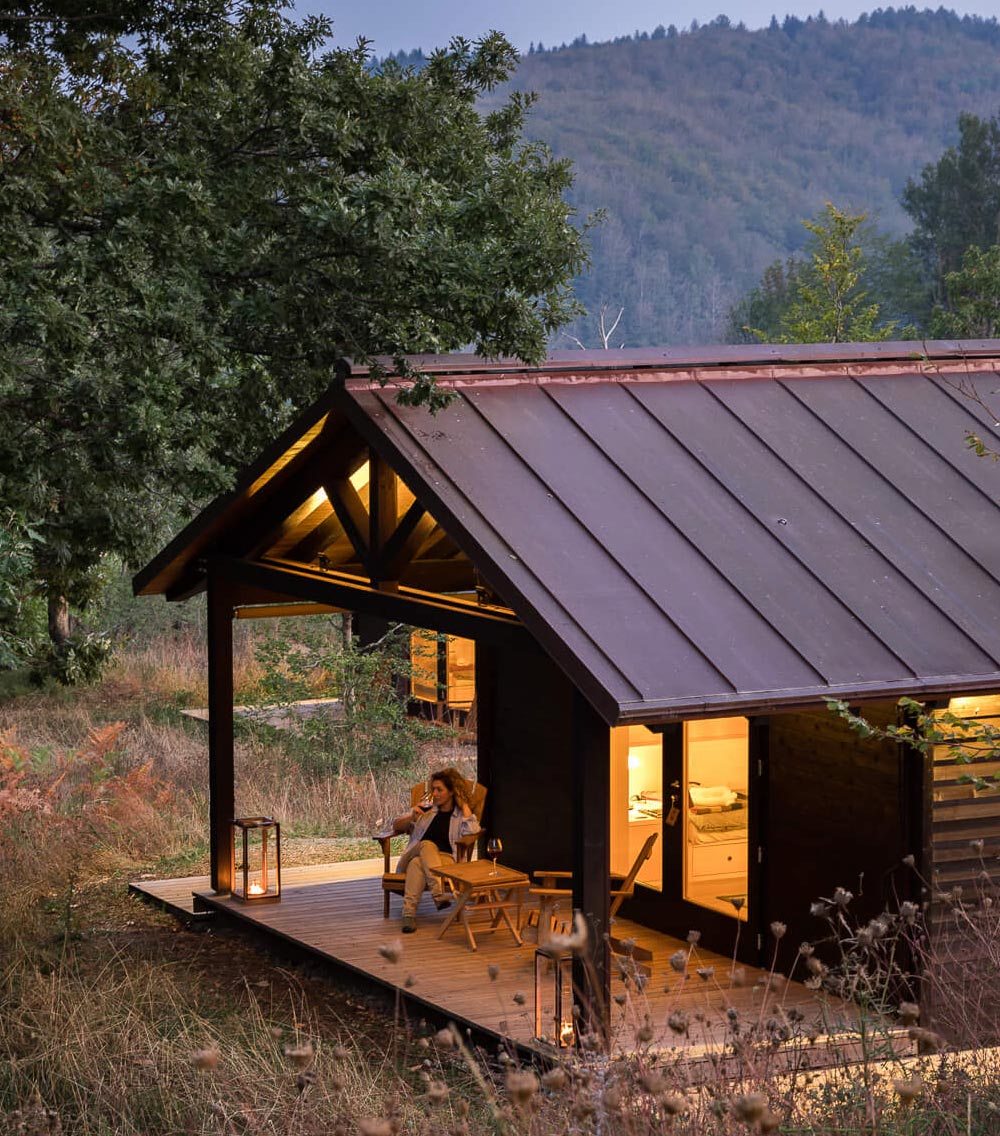
No Comments